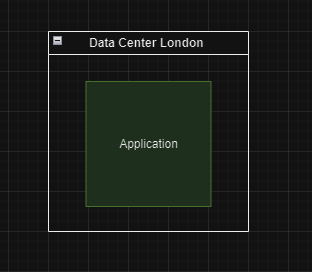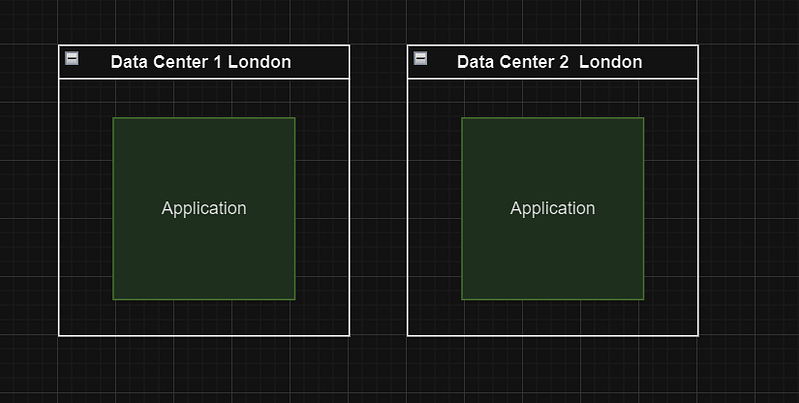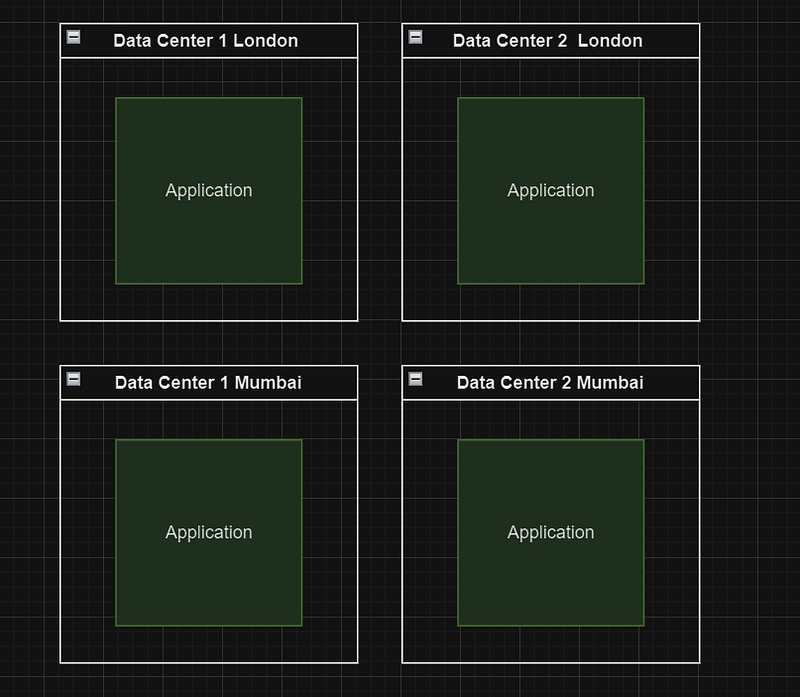Imagine setting up data centers in different countries around the world. Would that be easy? Google cloud platform provides 20+ regions around the world to host your resources. These regions are expanding every year.
In this article, we will deep dive into the intricacies of regions and zones in GCP, exploring their significance, functionality, and practical use case scenarios.
Understanding these concepts is crucial for optimizing performance, ensuring data redundancy, and achieving high availability.
Google Cloud has been designed to operate globally from the ground up and continually conducts maintenance and upgrades 24/7/365 without inconveniencing you.
What are Regions and Zones in GCP?
A region in google cloud is a geographical location where Google Cloud resources are strategically located.
Each region consists of multiple zones. Zones represent data centers within a region, meticulously designed to provide redundancy and fault tolerance. Each zone operates independently, mitigating the risk of a single point of failure.
Each Region has three or more zones.
Zone increases availability and fault tolerance within same region.
Each zone has one or more discrete clusters.
Zones in a region are connected through low latency links.
Advantages:
- High Availability
- Low latency
- Global footprint
- Adhere to government regulations
Zonal resources
Zonal resources operate in single zone.
Zonal outages can impact some or all resources in that zone.
Example of Zonal Resource is Compute Engine Virtual Machine (VM) that resides in a specific zone.
Learn more about Google Compute Engine here Google Cloud Compute – Google Cloud Tutorials
Regional Resources
Regional resources are resources that are redundantly deployed across multiple zones within a region, for example App Engine applications, or regional managed instance groups. This gives them higher availability relative to zonal resources.
Learn more about GCP App engine here Run Containerize App In Google Cloud App Engine – Google Cloud Tutorials
Multiregional resources
Multiple Google Cloud services are managed by Google to be redundant and distributed within and across regions. These services optimize availability, performance, and resource efficiency.
The following services have one or more multiregional locations in addition to any regional locations.
- Artifact Registry
- Cloud Storage
- Cloud Spanner
- Cloud KMS
- Fire Store
- Data Store
Learn more about Google Cloud Storage Google Cloud Storage – Google Cloud Tutorials
High Availability and low latency in GCP using Regions and Zones

Imagine that your application is deployed in a data center in London.
What would be the challenges?
- Challenge 1: Slow access for users from other parts of the world (high latency)
- Challenge 2: If this data center crashes application will be down.
Let’s add in one more data center in London.

What would be the challenges?
- Challenge 1: Slow access for users from other parts of the world.
- Challenge 2 (SOLVED): What if one data center crashes? Your application is still available from the other data center.
- Challenge 3: What if entire region of London is unavailable ? Your application goes down.
Let’s add a new region of Mumbai.

What would be the challenges?
- Challenge 1 (PARTLY SOLVED): Slow access for users from other parts of the world. You can solve this problem by adding deployments in other regions.
- Challenge 2 (SOLVED): What if one data center crashes? Your application is still live from the other data centers.
- Challenge 3 (SOLVED): What If entire region of London is unavailable? Your application is served from Mumbai.
Application Deployment Consideration
To build highly available services and applications that can withstand zones failures use regional resources such as App Engine, Regional Virtual Machine or Managed Multi regional Resources such as Google Cloud storage, Data store, Firestore.
You can use Zonal resources such as virtual machines but managed your own compute and storage redundancy across multiple zones and regions.
To build disaster recovery capable applications that can withstand the extended loss of entire regions
- use managed multi storage services cloud storage,Firestore
- Use zonal or regional resources, but snapshot data to a multiregional resource such as Cloud Storage, Datastore, Firestore, or Spanner.
- Use zonal or regional resources but manage your own data replication to one or more other regions.
What is the significance of high availability and redundancy in the context of Google Cloud?
Distributing resources across multiple zones within a region ensures high availability. If one zone encounters issues, redundant setups in other zones seamlessly take over, minimizing downtime and ensuring continuous service availability.
How does Google Cloud Platform address compliance and data residency requirements?
GCP’s extensive network of regions allows businesses to choose the right location for their data, ensuring compliance with regional regulations. This is crucial for organizations with specific data residency and sovereignty requirements.
What role do regions and zones play in disaster recovery planning?
By distributing resources across zones within a region, businesses can create robust disaster recovery plans. In case of a failure in one zone, services can quickly failover to another, minimizing the impact on users.
Can I change the region of my existing resources in Google Cloud Platform?
While some resources can be moved between regions, others may have restrictions. It’s advisable to refer to the official GCP documentation Geography and regions | Documentation | Google Cloud for specific guidelines and considerations when it comes to resource migration across regions.